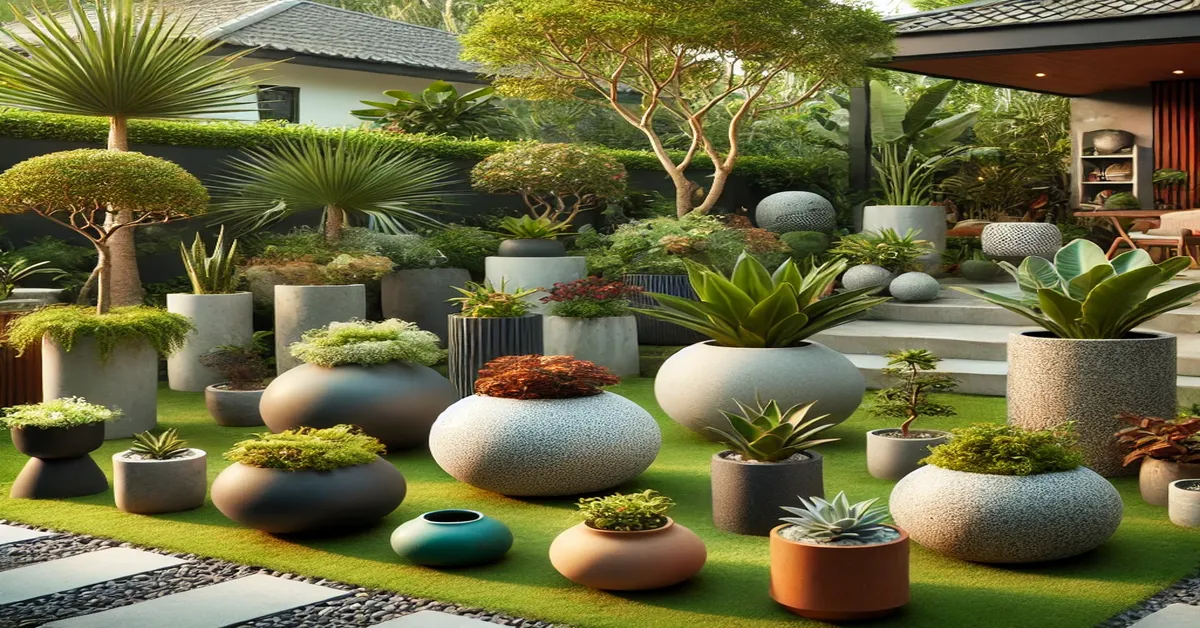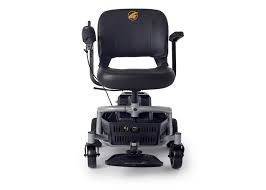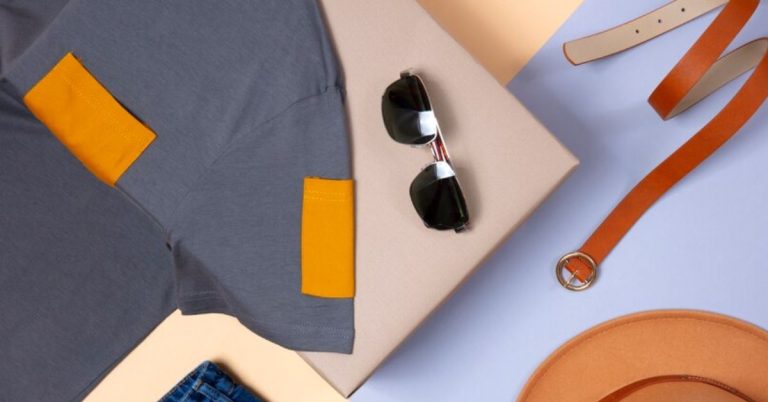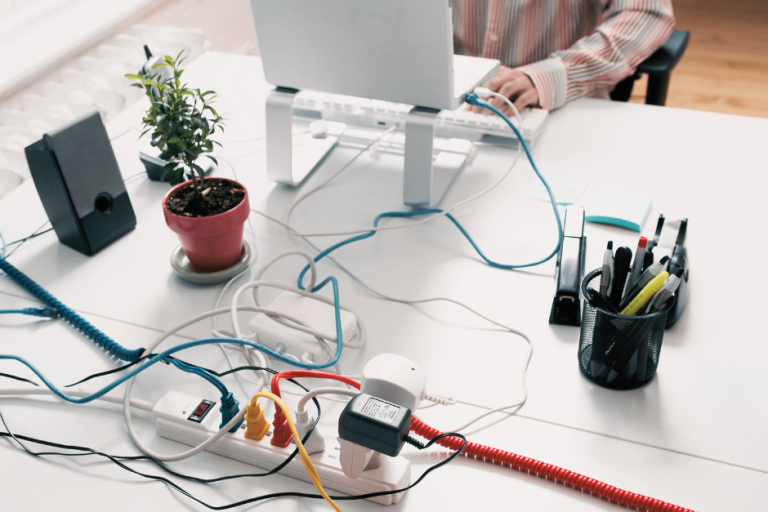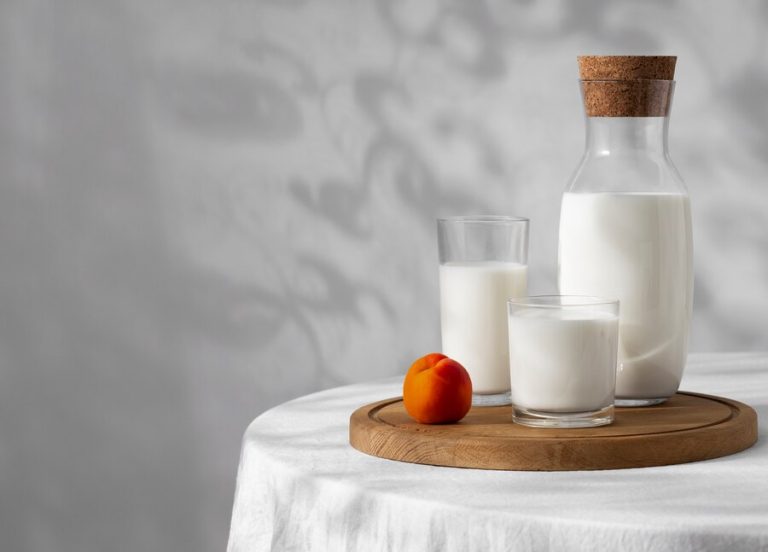In the world of gardening and interior design, planters play a vital role in transforming spaces into lush, inviting environments. Whether you’re sprucing up a balcony, creating a cozy indoor garden, or designing a stunning outdoor landscape, choosing the right planters can significantly impact the health of your plants and the overall aesthetic. With a rich history dating back centuries, planters have evolved from simple clay containers to innovative, modern designs that combine functionality with artistic expression. This comprehensive guide will help you navigate the myriad options, materials, and styles of planters, ensuring you make informed decisions to suit your needs and enhance your living or working space.
Types of Planters
Indoor Planters
Designed specifically for use inside homes and offices, indoor planters come in a variety of shapes, sizes, and materials to complement your decor. These planters are typically made from ceramic, plastic, resin, or metal, offering different benefits in terms of weight, aesthetics, and maintenance. For example, ceramic planters add a classic touch with their glazed finishes, while plastic and resin options are lightweight and easy to move. When selecting indoor planters, consider the placement—near windows for natural light or under desks for a touch of greenery. Their advantages include ease of cleaning and versatility in design. However, ensure they have appropriate drainage or use trays to prevent water damage to your interior surfaces.
Outdoor Planters
Outdoor planters are built for durability and weather resistance, making them suitable for gardens, patios, and balconies. They are often made from terracotta, concrete, or fiberstone—all materials known for their ability to withstand sun, rain, and frost. For example, terracotta planters have a natural aesthetic but require proper sealing to prevent cracking in freezing temperatures. Concrete planters are incredibly sturdy and ideal for large, heavy plants. Fiberstone combines lightweight properties with strength, making them easier to handle and less prone to breaking. These outdoor planters come in various styles, from sleek modern designs to rustic vintage looks, allowing you to match your outdoor decor perfectly.
Hanging Planters
Perfect for maximizing space and adding a decorative touch, hanging planters are suspended from ceilings or walls. They come in numerous materials, including ceramic, metal, and eco-friendly woven designs. Styles range from sleek geometric shapes to boho-chic macramé hangers. The best plants for hanging planters include trailing varieties like pothos, string of pearls, or ferns, which cascade beautifully. These planters are ideal for small apartments or outdoor patios where space is limited but visual impact is desired. Proper installation and choice of sturdy materials are essential to ensure safety and longevity.
Window Box Planters
Designed to sit on windowsills, window box planters are excellent for growing herbs, colorful flowers, and small vegetables. Made from materials like wood, metal, or plastic, they add charm and functionality to your home’s exterior. Ensure the window box has sufficient drainage holes to prevent waterlogging, especially for edible plants like herbs and vegetables. Choosing a style that complements your architecture can enhance curb appeal, while the right plants can turn your windows into miniature gardens.
Materials Used in Planters
Clay and Terracotta
These materials are some of the oldest and most popular choices for planters. Their porous nature allows excess moisture to escape, promoting healthy root systems. Terracotta offers a warm, rustic aesthetic, ideal for Mediterranean or traditional gardens. However, they require regular sealing and weather protection when used outdoors, as they can crack in freezing temperatures. Care tips: avoid overwatering and consider using a sealant to prolong lifespan.
Plastic and Resin
Favored for their lightweight and affordability, plastic and resin planters are versatile and available in countless colors and designs. They are durable, resist cracking, and easy to clean, making them suitable for indoor and outdoor use. However, some cheaper options may become brittle over time or degrade under UV exposure. To maximize lifespan, choose UV-resistant varieties and avoid placing them in direct intense sunlight for prolonged periods.
Metal (Steel, Aluminum, Corten)
Modern aesthetics are often achieved with metal planters, including steel, aluminum, or corten steel. Steel and aluminum are lightweight, corrosion-resistant, and lend an industrial or contemporary look. Corten steel develops a natural rust patina, which adds character and protects the material from further corrosion. Metal planters are heavy but sturdy, making them suitable for large plants and trees. Regular maintenance may involve cleaning rust or applying protective coatings to extend their life.
Wood
Offering a natural look, wood planters are popular for their aesthetic warmth and eco-friendliness. Types like cedar, teak, and redwood are naturally resistant to rot and insects. Wooden planters require periodic sealing or treatment to prevent weather damage, especially if used outdoors. They are often used in cottage, rustic, or modern gardens to create a cozy and organic feel.
Concrete and Fiberstone
Heavy and durable, concrete & fiberstone planters are perfect for large, heavy plants or trees. Their insulating properties help regulate soil temperature, protecting roots from extreme weather. While the weight can be a challenge during placement, their sturdiness offers long-term stability and an industrial-modern vibe—ideal for urban or contemporary garden designs.
Choosing the Right Planter
Factors to Consider
When selecting planters, several factors influence your choice:
- Plant requirements: Length, root depth, water needs, and growth habit determine ideal planter size and material.
- Location: Indoor versus outdoor environments affect durability and material choice.
- Design and decor: Match planters with your aesthetic style—modern, vintage, rustic, or eclectic.
- Climate: Consider weather resistance for outdoor planters, especially in freezing or monsoon-prone regions.
- Drainage: Ensure proper drainage to prevent waterlogging, which can harm plants.
Size and Depth
The size of planters should correspond to the mature size of your plants. Overly small containers restrict growth, while too large containers can retain excess moisture. Depth is especially important for root development; ensure depth allows for healthy growth and prevents water stagnation. Properly proportioned planters help prevent issues like root rot and provide adequate space for healthy plant development.
Drainage Systems
Effective drainage is critical for plant health. Choose planters with drainage holes, or drill your own if necessary. Using saucers or trays can catch excess water, but make sure to empty them regularly to prevent standing water. Adding gravel or broken pottery at the bottom of the planter can improve drainage further. For decorative planters without holes, consider self-watering inserts or double-potting systems.
Plant Selection for Different Planters
Low-maintenance Plants
For busy individuals, plants like succulents and cacti are perfect due to their drought tolerance and minimal care requirements. Herbs such as basil and mint are also low-maintenance and functional, especially in window boxes or small containers.
Flowering Plants
Brighten up your space with flowering plants like petunias, geraniums, or seasonal blooms. These thrive in well-draining planters with sufficient sunlight, adding vibrancy and visual interest. Choose plants suited to your climate for longer-lasting displays.
Foliage Plants
Foliage plants such as ferns and philodendrons add texture and lushness indoors. Their planters should provide adequate moisture and be placed in areas with indirect sunlight for optimal growth.
Vegetables and Herbs
Growing vegetables and herbs in planters is a rewarding way to cultivate fresh produce. Use suitable planters with good drainage, and consider vertical or stackable systems to maximize space, especially in urban environments. For inspiration, visit gardening resources like Gardener’s.
Designing with Planters
Creative Arrangements
Experiment with grouping different planters in varying sizes, shapes, and colors to create eye-catching displays. Contrast the textures and tones for drama or unity. Theme-based setups, such as a tropical jungle or minimalist green corner, can customize your space and reflect personal style.
Indoor vs Outdoor Design
Placement is key; indoors, planters can be focal points or accents, while outdoors, they can delineate spaces or serve as boundaries. Use planters to create focal points—like a towering cactus or a cascade of flowers—and enhance the overall aesthetic.
Sustainability and Eco-friendly Choices
Opt for planters made from recycled materials, like reclaimed wood or recycled plastic. Use organic soil, compost, and eco-friendly fertilizers to nurture your plants sustainably. Water-saving techniques, such as drip irrigation or self-watering planters, can reduce resource consumption and support environmental conservation.
Maintenance and Care
Watering and Fertilization
Proper watering depends on plant species, size of planters, and environmental conditions. Overwatering leads to root rot, while underwatering can cause stress. Fertilize regularly with organic options or balanced liquid feeds tailored to your plant needs.
Cleaning and Longevity
Keep planters clean to prevent pests and disease. Use gentle cleaning agents for each material—for example, mild soap for ceramic or plastic, and rust removers for metal. Regular maintenance prolongs the lifespan of your planters and keeps plants healthy.
Seasonal Maintenance
Protect outdoor planters from harsh winter conditions by bringing them inside, wrapping them, or elevating them to prevent frost damage. Refresh soil annually to replenish nutrients, and replant or replace any plants that have outgrown their containers.
Innovative and Modern Planter Ideas
- Self-watering planters: Combine convenience with plant health by integrating water reservoirs that automatically supply moisture.
- Modular and stackable systems: Allow customization and space optimization, perfect for urban environments.
- Artistic and sculptural planters: Turn planters into focal art pieces that enhance your decor.
- Smart planters with integrated watering systems: Leverage technology to monitor moisture levels and automate watering via smartphone apps.
Summary Table: Types, Materials, and Use Cases of Planters
| Type of Planter | Materials | Ideal Use | Advantages |
|---|---|---|---|
| Indoor Planters | Ceramic, plastic, resin, metal | Home, office interiors | Variety of styles, lightweight, decorative |
| Outdoor Planters | Terracotta, concrete, fiberstone | Garden, patio, balcony | Weather-resistant, durable, large capacity |
| Hanging Planters | Ceramic, metal, woven | Space-saving, decorative | Vertical gardening, trailing plants |
| Window Box | Wood, plastic, metal | Windowsills | Easy access, versatile planting options |
Frequently Asked Questions (FAQs)
- What are the best materials for outdoor planters? Terracotta, concrete, fiberstone, and rust-resistant metals like Corten steel are excellent due to their durability and weather resistance.
- How do I choose the right size of planter for my plant? Assess the mature size of your plant, ensuring the planter is deep and wide enough to accommodate root growth without overcrowding.
- Can I use decorative containers as planters? Yes, but ensure they have drainage holes or add drainage layers to prevent waterlogging.
- How often should indoor plants be watered? It varies by species, but generally once a week or when the topsoil dries out. Check specific plant needs for optimal care.
- What are eco-friendly options for planters? Recycled plastic, reclaimed wood, biodegradable materials, and planters made from natural fibers are sustainable choices.
- How do I protect outdoor planters during winter? Bring them indoors, insulate with bubble wrap, or elevate and cover them to prevent frost damage.
- Are self-watering planters good for beginners? Absolutely. They help maintain consistent moisture, making plant care easier for novices.
- What are the latest trends in planter design? Modular systems, smart watering planters, and artistic sculptural planters are currently popular for both indoor and outdoor use.
Choosing the perfect planters involves understanding your space, plant needs, and aesthetic preferences. Whether you prefer classic clay pots, modern steel containers, or innovative smart planters, there’s an option for everyone. Proper selection, placement, and maintenance ensure your plants thrive and your space looks inviting. Remember, a well-chosen planter not only supports plant health but also elevates your decor — so don’t be afraid to experiment and personalize your green sanctuary.

